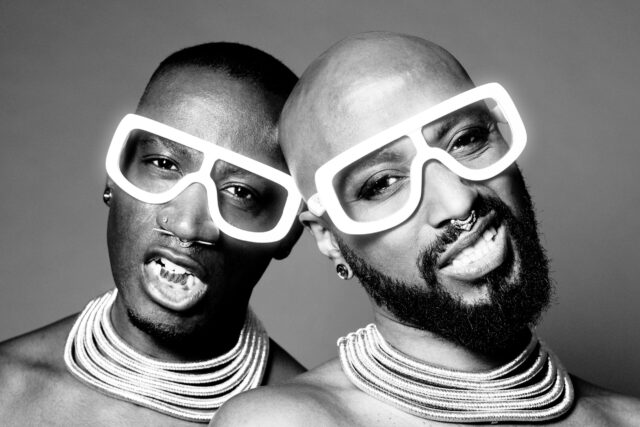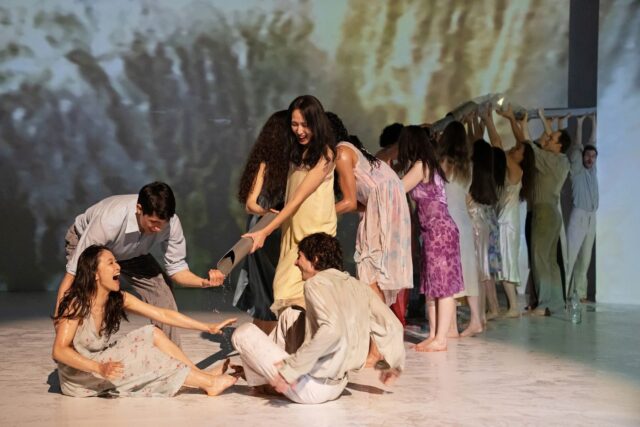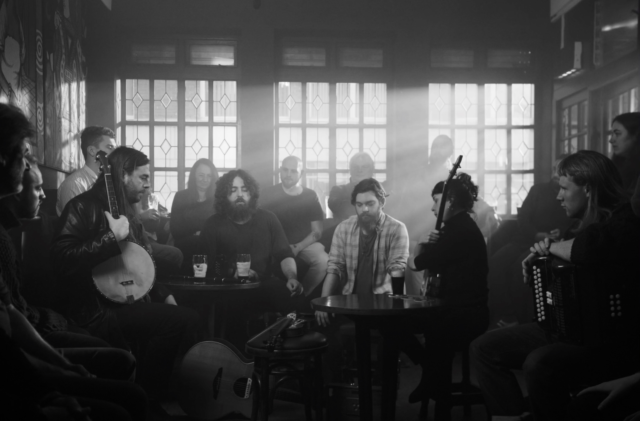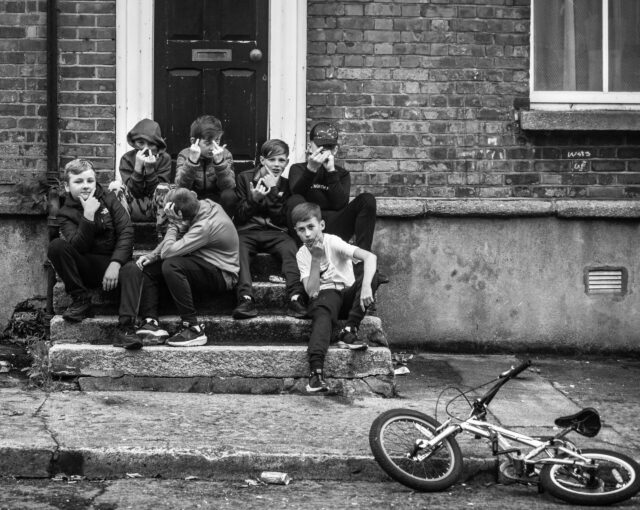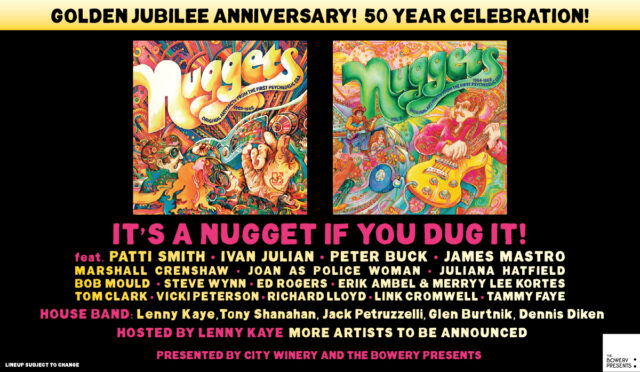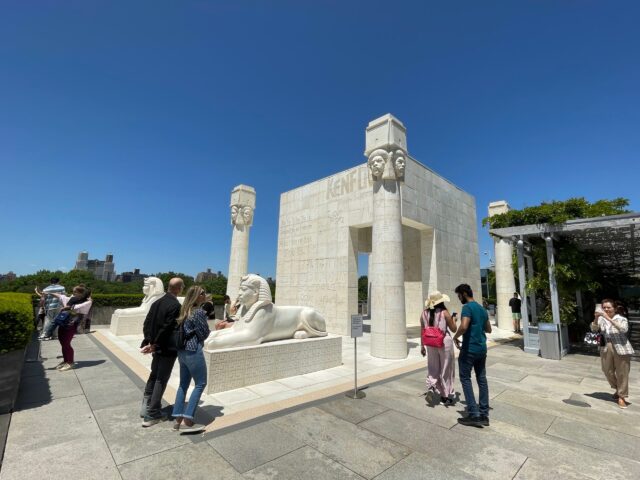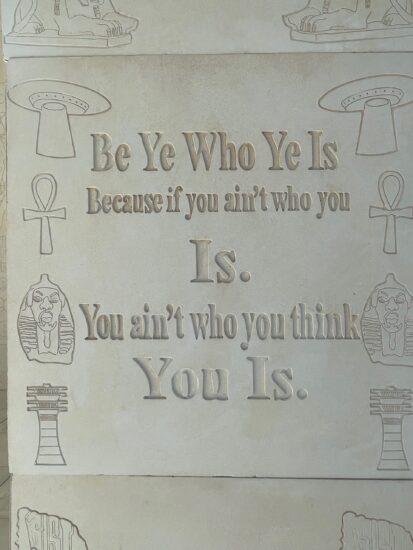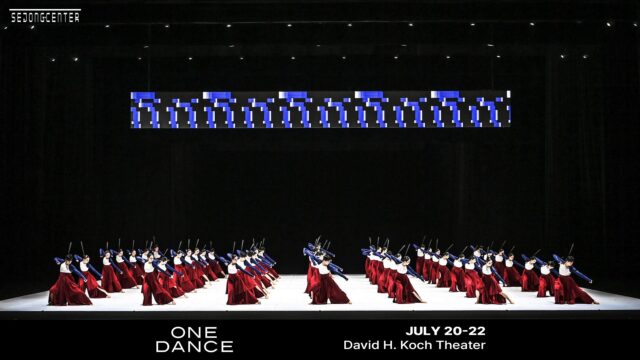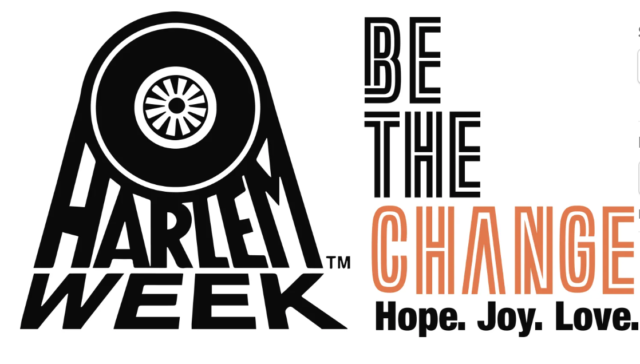
Who: Uptown Dance Academy, the Gospel Caravan, IMPACT Repertory Theatre, Mama Foundation’s Sing Harlem! Choir, Bishop Hezekiah Walker & Choir, Ray Chew & the Harlem Music Festival All-Star Band featuring Nona Hendryx, more
What: Annual Harlem Week celebration
Where: U.S. Grant National Memorial Park, West 122nd St. at Riverside Dr.
When: Sunday, August 13, free, noon – 7:00 pm (festival runs August 9-16)
Why: One of the centerpieces of Harlem Week is “A Great Day in Harlem,” which takes place Sunday, August 13, as part of this annual summer festival. There will be an international village with booths selling food, clothing, jewelry, and more, as well as live music and dance divided into “Artz, Rootz & Rhythm,” “The Gospel Caravan,” “The Fashion Flava Fashion Show,” and “The Concert Under the Stars.” Among the performers are the Uptown Dance Academy, the Gospel Caravan, IMPACT Repertory Theatre, the Sing Harlem! Choir, and Bishop Hezekiah Walker & Choir. In addition, Ray Chew & the Harlem Music Festival All-Star Band, featuring Nona Hendryx, will perform a tribute to the one and only Tina Turner, who died in May at the age of eighty-three; Harry Belafonte, Tony Bennett, Miriam Makeba, and Tito Puente will also be honored.
The theme of the forty-ninth annual Harlem Week is “Be the Change: Hope. Joy. Love.”; it runs August 9-16 with such other free events as the panel discussion “Climate & Environmental Justice in Harlem: Storms, Heat & Wildfires,” A Harlem SummerStage concert, Senior Citizens Day, the Uptown Night Market, the Percy Sutton Harlem 5K Run & Walk & Children’s Run, “Choose Healthy Life Service of Renewal and Healing,” Great Jazz on the Great Hill in Central Park with Wycliffe Gordon and Bobby Sanabria, Imagenation Outdoor Film Festival screenings of Beat Street with DJ Spivey and Max Roach: The Drum Also Waltzes, a Youth Conference & Hackathon, Economic Development Day, an Arts & Culture Broadway Summit, Harlem on My Mind Conversations, a Jobs & Career Fair, and more. “We continue to build a stronger, more united Harlem, radiating hope, joy, and love throughout our beloved city,” Harlem Week chairman Lloyd Williams said in a statement.
[Mark Rifkin is a Brooklyn-born, Manhattan-based writer and editor; you can follow him on Substack here.]
